To avoid peeling shrimp by hand when enjoying this delicacy, it’s a common practice to remove the shells beforehand. While it may seem challenging, there’s a quick and easy way to do it without damaging the delicate shrimp meat.
Let’s explore a simple method to peel shrimp, ensuring that they remain intact and delicious.
A Simple Way to Peel Shrimp
– After purchasing fresh shrimp, give them a thorough rinse and place them in a colander to drain.
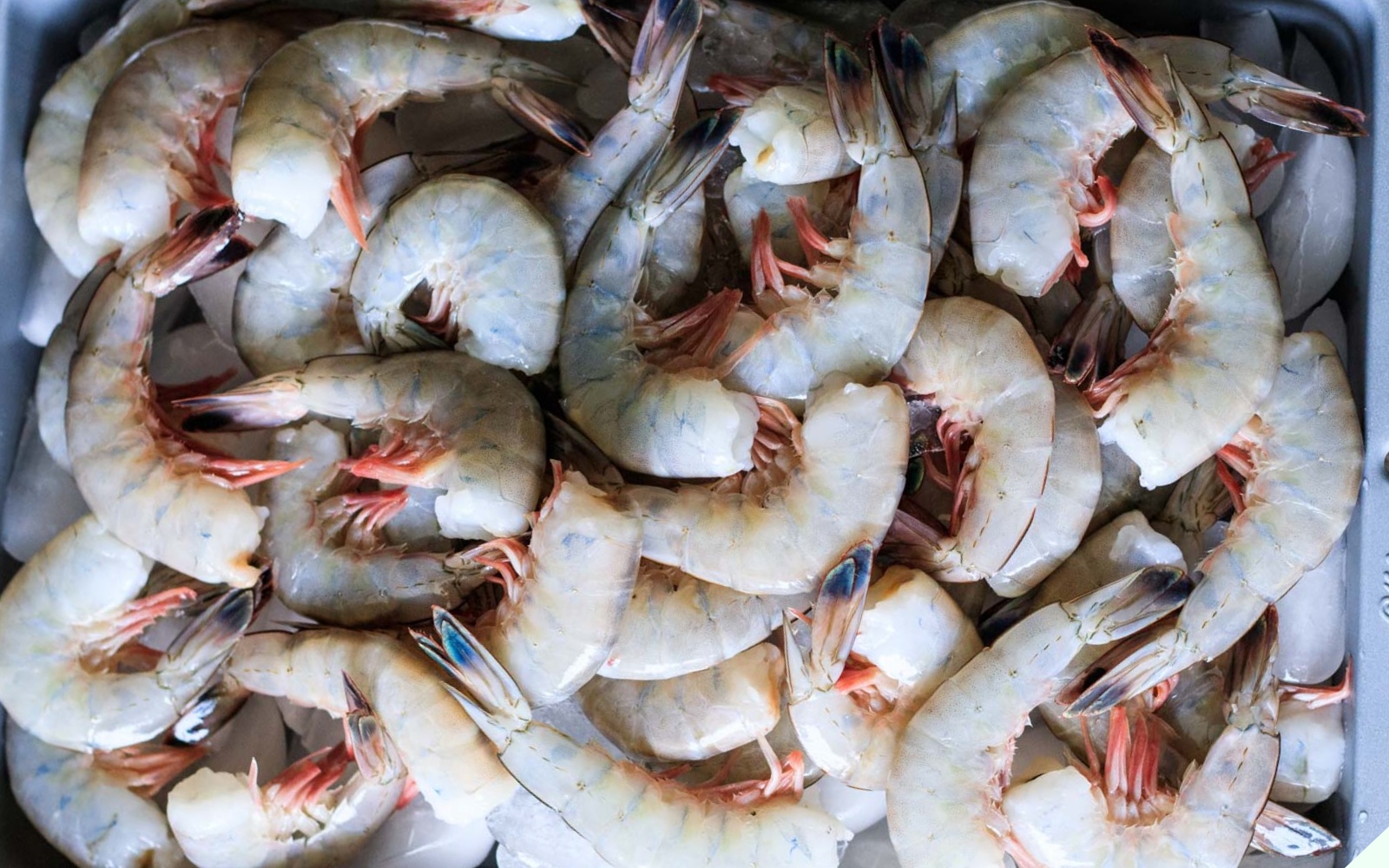
– Transfer the shrimp to an airtight container and place it in the freezer for about 15 minutes. It’s important not to freeze them for too long, as it may affect their freshness and texture.

– Once the shrimp are slightly frozen, take them out. At this stage, the meat will be firm and easier to separate from the shell.

– Using a sharp knife or kitchen shears, carefully remove the heads of the shrimp.

– Gently pull the legs away from the meat, and then use your thumbs to slide down the underside of the shell near the head, slowly working your way down to remove the shell.

– With your thumb, gently press and slide the shell off, starting from the head and moving towards the tail.

– Finally, give the tail a gentle squeeze and pull it off. Your shrimp are now ready for your favorite recipe!

– Rinse the peeled shrimp under cold running water and pat them dry with a paper towel before cooking.
Don’t discard those shrimp shells just yet! They can be used to make a delicious broth for your next soup or noodle dish.
Tips for Storing Peeled Shrimp
Peeled shrimp have a shorter shelf life than shrimp with their shells on. Here’s a simple way to store them:
– After peeling the shrimp, give them a quick rinse and ensure they are thoroughly dried.
– Wrap the shrimp in aluminum foil and place them in the freezer. Make sure the shrimp are completely dry before freezing to prevent ice crystals from forming.
Using this method, the shrimp can be stored for up to 1-2 months without losing their freshness and flavor.

Alternatively, you can freeze the shrimp in ice cube trays with a little water. Once frozen, transfer the shrimp cubes to an airtight container and store them in the freezer.
When you’re ready to cook, simply thaw the desired amount of shrimp cubes and proceed with your recipe. This method ensures the shrimp remain fresh, sweet, and free from freezer burn.
Properly stored shrimp can last from a few days to a few months. However, for optimal food safety, it is recommended to consume fresh shrimp within a week and cooked shrimp within 2-3 days.
Delicious Shrimp Recipes
Shrimp and Radish Patty
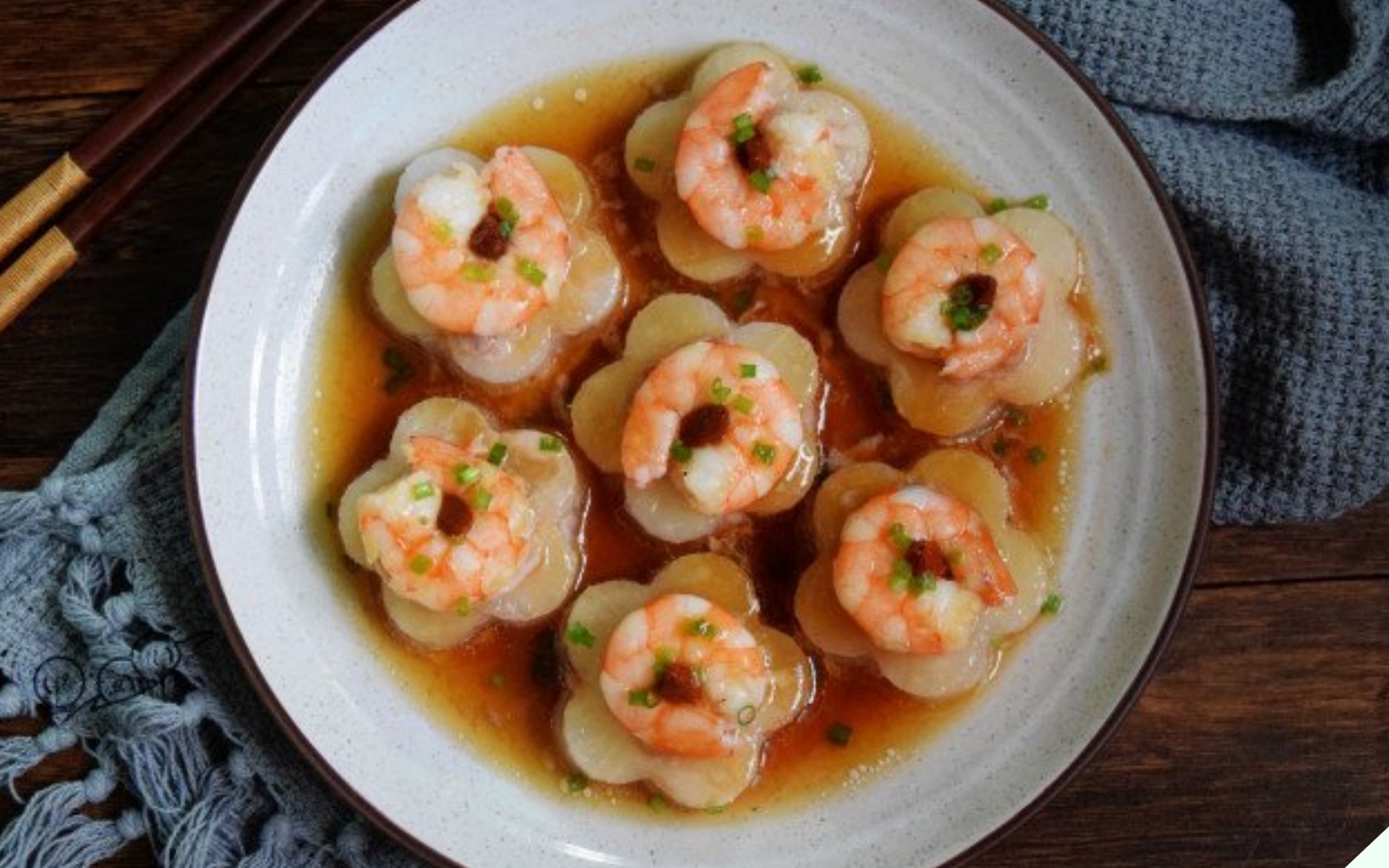
A delightful combination of shrimp, ground pork, and radish, this patty is a tasty treat. The sweetness of the shrimp, the richness of the pork, and the crispness of the radish, all brought together by a savory sauce, make this dish irresistible when served with steamed rice.
Shrimp Fried with Salted Egg Yolk
Coated in a golden, creamy layer of salted egg yolk, these fried shrimp are a flavor explosion. The shrimp themselves are juicy and flavorful, making this dish a perfect appetizer or side for any meal.
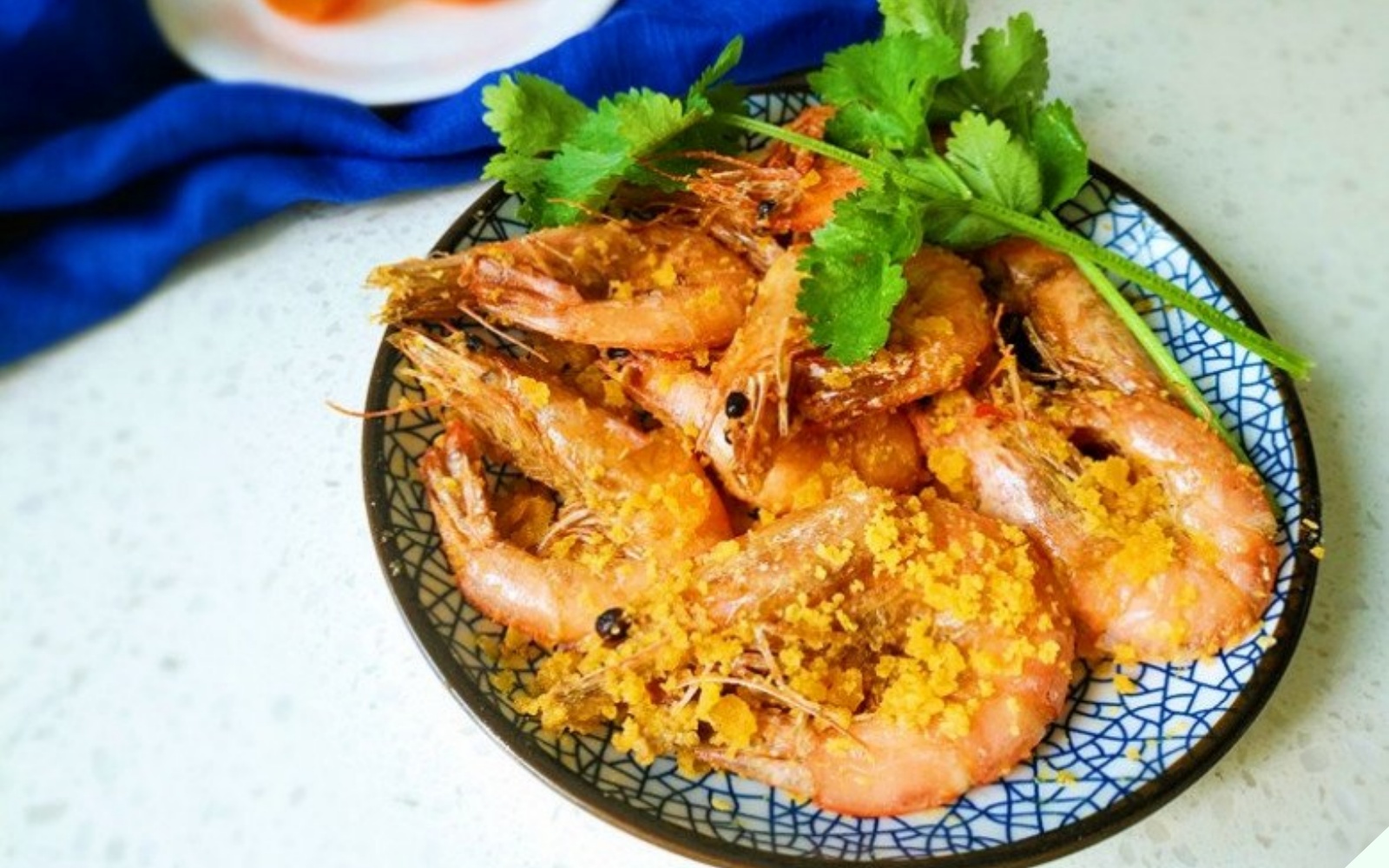
Shrimp Stir-fried with Perilla Leaves
A unique and tasty dish, shrimp stir-fried with perilla leaves offers a delightful blend of flavors and textures. The fragrant perilla leaves complement the crisp shell and juicy meat of the shrimp, making it a memorable addition to any family meal. Click here for the full recipe.
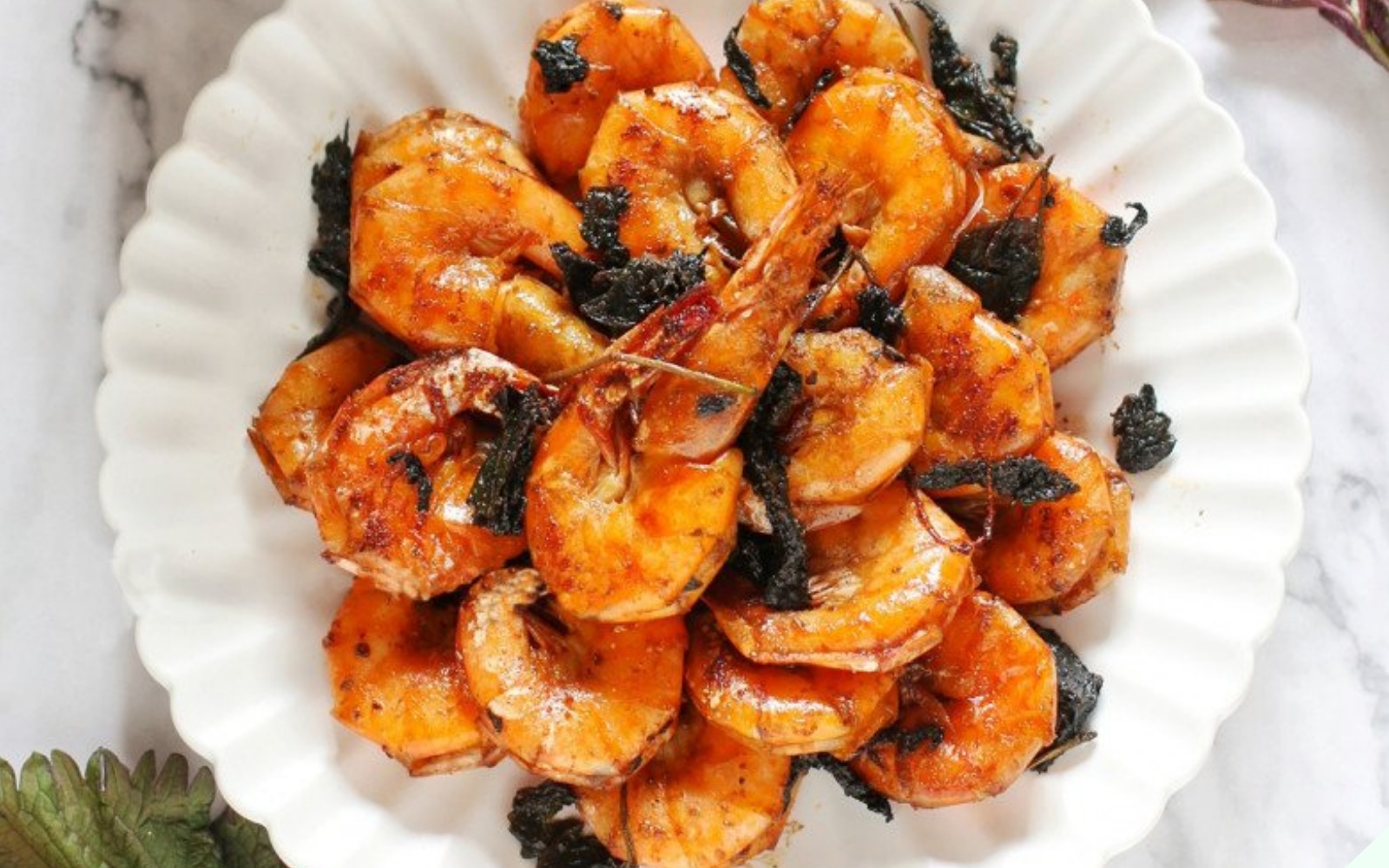
Stir-fried Shrimp with Peas
This dish is a delicious and nutritious blend of tender shrimp and sweet green peas. It’s a favorite among those who love a good balance of taste and health. The stir-fried shrimp with peas is not only tasty but also visually appealing.

Here’s a super nutritious shrimp and vegetable stir-fry recipe for you to try.
Stir-fried Shrimp with Cauliflower
Ingredients
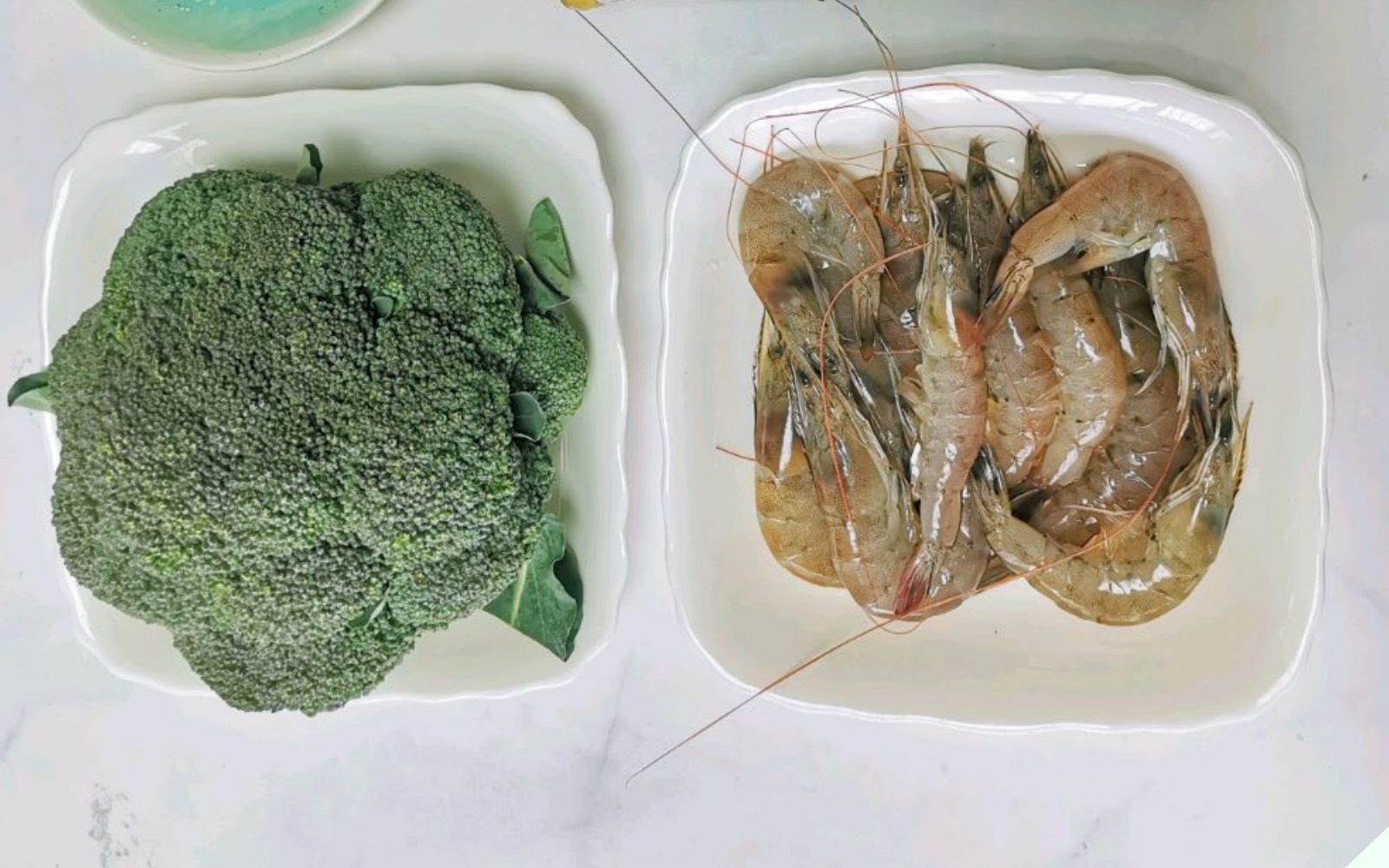
– 1 cauliflower head
– 500g fresh shrimp
– 2 tablespoons cooking wine
– 1 tablespoon soy sauce
– 2 cloves garlic, minced
– Salt to taste
– 1 tablespoon seasoning powder
– 1 onion, chopped
Instructions
Step 1: Prepare the Ingredients

– Remove the heads and shells from the shrimp, and devein them. Rinse and set aside.
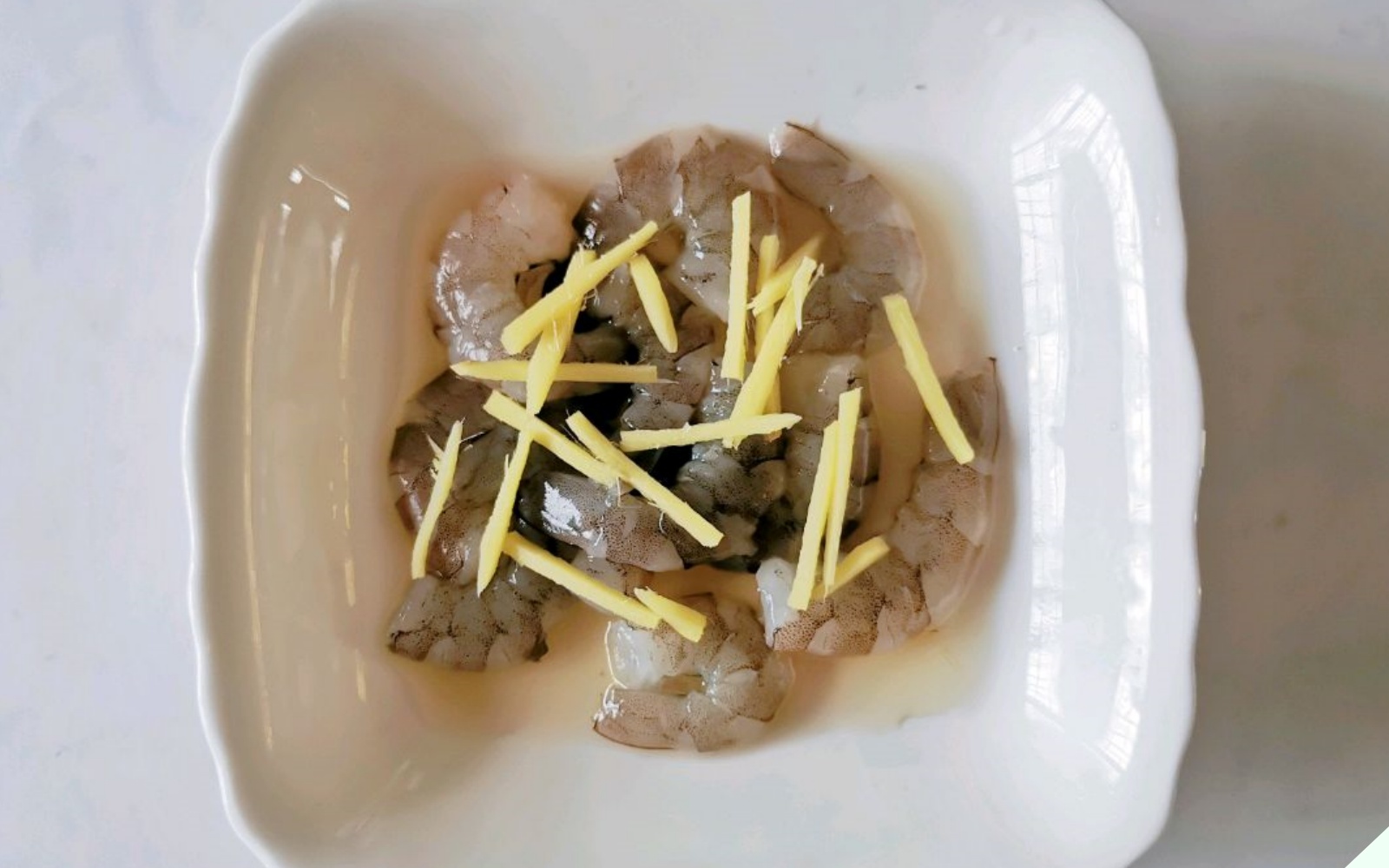
– In a bowl, marinate the shrimp with cooking wine and minced ginger for about 10 minutes.
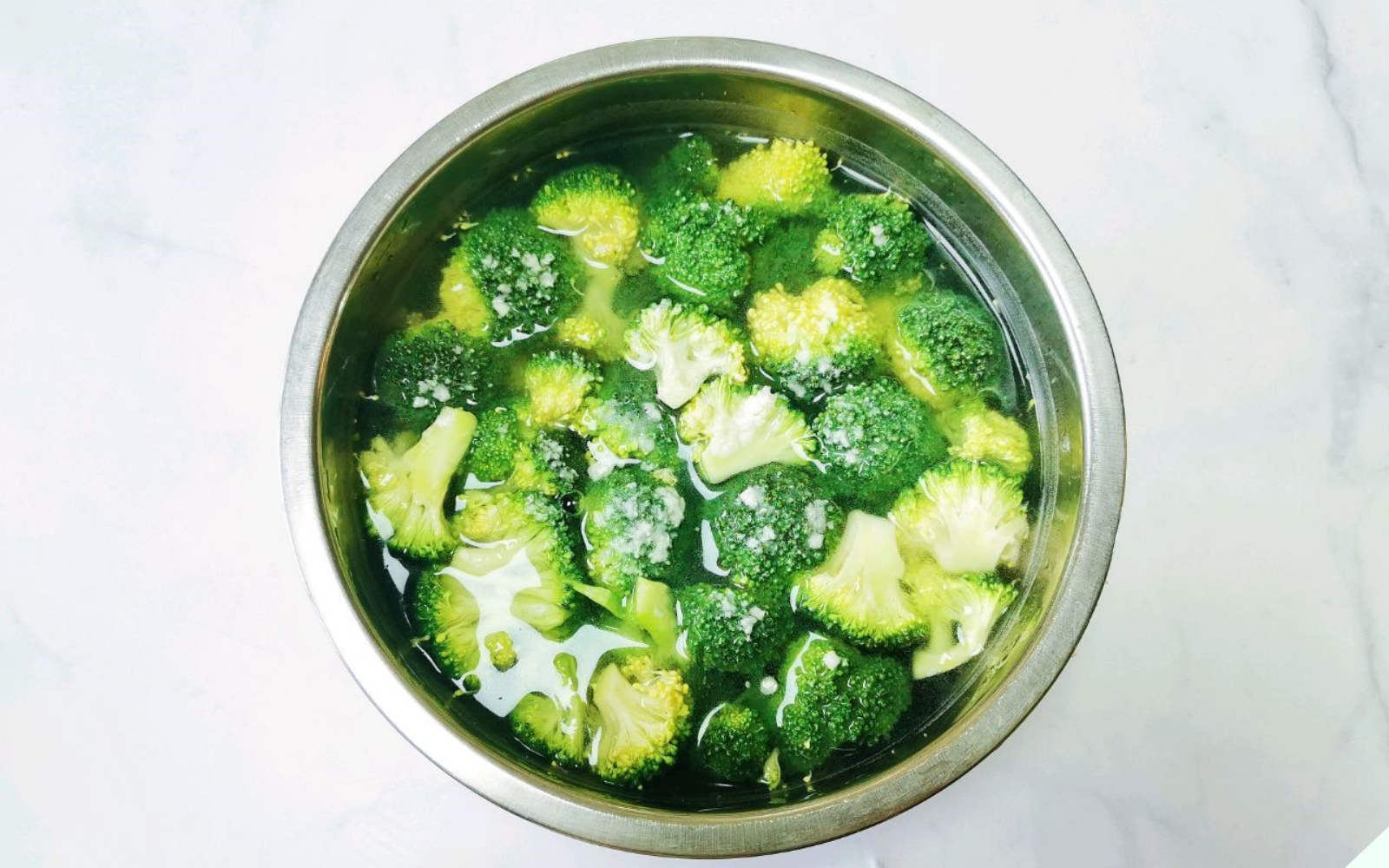
– Cut the cauliflower into florets and rinse them thoroughly. Soak the florets in a salt water solution for 5 minutes to remove any dirt or insects. Rinse again and drain in a colander.
Step 2: Blanch the Cauliflower
– Bring a pot of water to a rolling boil.

– Add the cauliflower florets to the boiling water and blanch for about 2 minutes. Be careful not to overcook, as you want the cauliflower to retain its crisp texture.
Step 3: Stir-fry the Shrimp
– Heat some oil in a wok or large pan. Add the minced garlic and sauté until fragrant.

– Add the marinated shrimp and stir-fry until they turn orange-red.
– Toss in the blanched cauliflower and mix well.

– Season with soy sauce, salt, and seasoning powder. Stir-fry for a few more minutes to allow the flavors to meld.

Step 4: Serve
Dish out the stir-fried shrimp and cauliflower onto a serving plate. Enjoy this delicious and nutritious dish while it’s still hot. The shrimp should be tender and juicy, while the cauliflower adds a nice crunch to the meal.
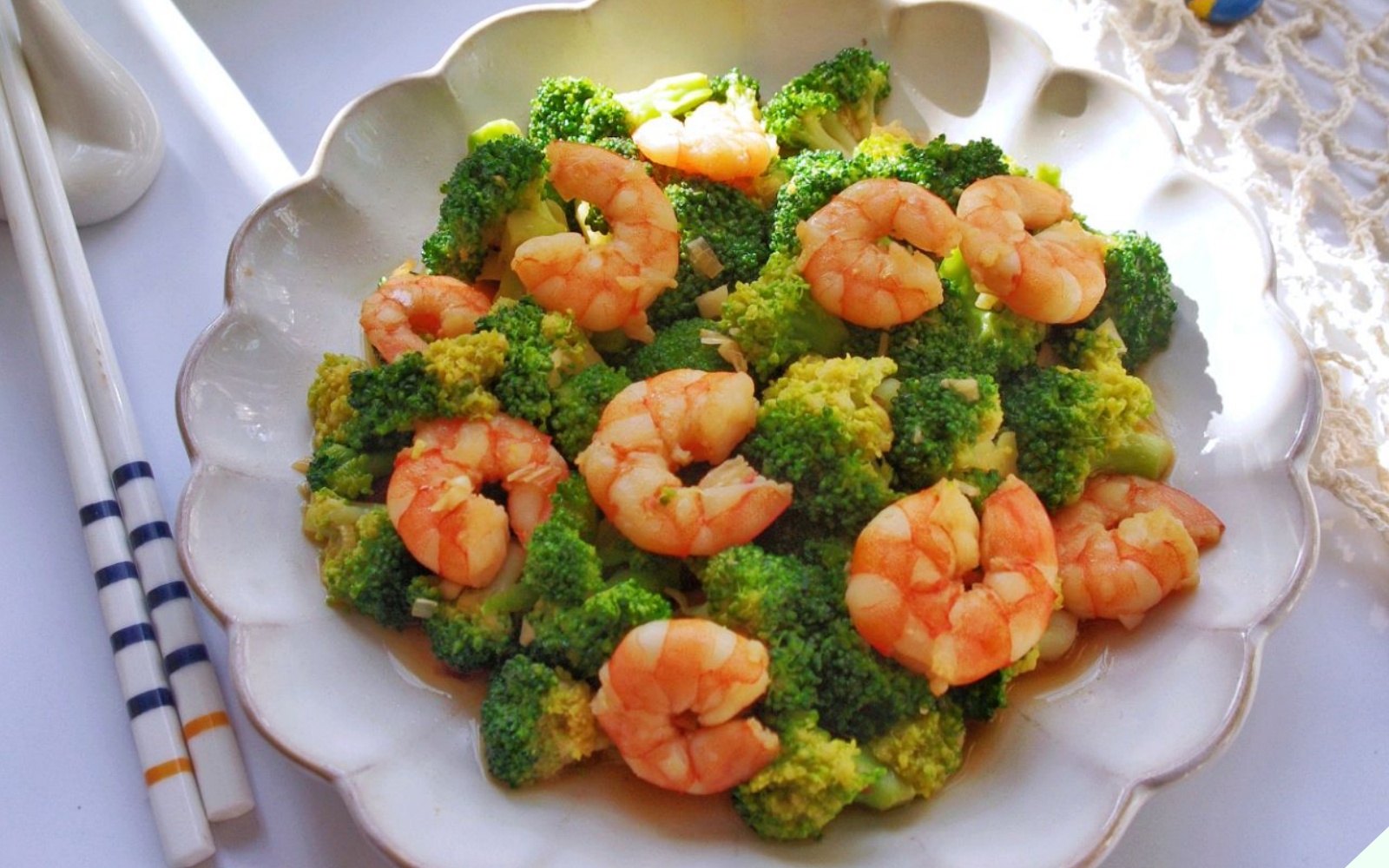
The combination of crisp cauliflower and tender shrimp makes for a delightful meal, packed with essential nutrients for your family’s health.

The Secret to Delicious Boiled Shrimp: A Magic Ingredient
“It turns out that this liquid is the secret to making boiled shrimp taste and look better. The clear, colorless liquid enhances the natural flavor of the shrimp, making it more delicious and appealing. But that’s not all; it also gives the shrimp a beautiful, vibrant red color that is sure to impress. So, what is this magical liquid, and how does it work its wonders? All will be revealed as we dive into the fascinating world of shrimp preparation and presentation.”
Delicious and Easy-to-Make Dishes with Lotus Stem
The delicate yet versatile water caltrop, or water chestnut, is a culinary treasure, adding a unique and nutritious touch to a variety of dishes. From crisp, refreshing salads to hearty soups, the water caltrop is a true chameleon, enhancing the flavor and nutritional profile of any dish it graces. With its subtle sweetness and crisp texture, it is no wonder that this humble ingredient has earned a place in the hearts and kitchens of food enthusiasts and health-conscious individuals alike.



































